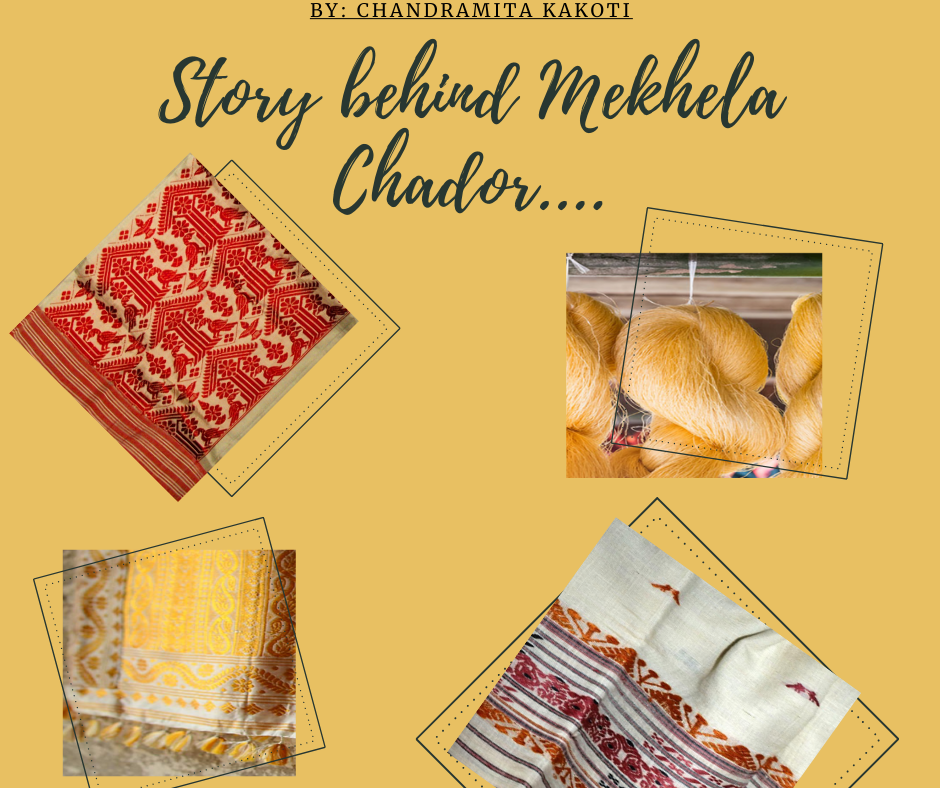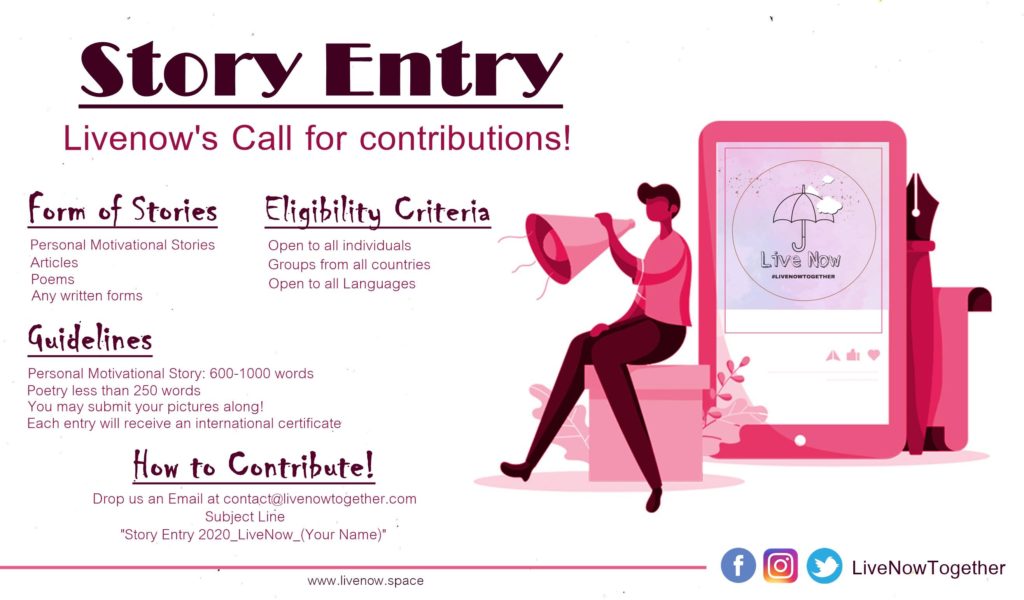The story behind Mekhela Chador
The indigenous traditional Assamese attire worn by the Assamese people is popularly known as Mekhela Chador. It consists of a two piece dress, the top portion is called Chador which is of long length of cloth that has one end tucked into the upper portion of the Mekhela and the rest is draped over and around the rest of the body. The Mekhela Chador is very similar to a sari or even looks same to that of the South Indian half sari.
When we talk about Mekhela Chador we tend to focus on how these Mekhela Chador are made. This actually comes from the very famous Assam Silk and it denotes the three major types of indigenous wild silk produced in Assam – golden muga, white pat and warm eri silk. Muga silk is a wild silk geographically tagged to the state of Assam in India. This silk is known for its extreme durability and has a natural yellowish – golden tint with a shimmering, glossy texture. The history of making silk sets back to the Brahmaputra valley, where the larvae of the Assam Silk moth feed on aromatic ‘som’ (Machilus bombycina) and ‘sualu (Litsea polyantha) leaves. The Muga silk can be dyed after bleaching and when hand washed its lustre increases after every wash. Muga Silk is used in products like saris, mekhelas and chadors.
Muga Silk
Pat silk, is produced by Bombyx textor silkworms which feed on mulberry (Morus spp.) leaves. Morus, is a genus of flowering plants in the family Moraceae, which comprises 10-16 species of deciduous trees commonly known as mulberries, which grows wild and under cultivation in many temperate world regions. Its colour is white or off-white in colour and it is well known for its durability and glossy texture. Pat silk’s usage is in mekhelas, chadors and other textiles.
Eri silk which is made by Samia cynthia ricini (a type of moth which is used for producing silk fabric) which feed on leaves of castor oil plant. It is commonly known as Endi or Errandi silk. The manufacturing process of Eri allows the pupae to develop into adults and only the open ended cocoons are used for turning into silk. This silk is commonly used in shawls and quilts.
The Assam Silk Industry is located in Sualkuchi, a census town in Kamrup district in the Indian state of Assam. It has a large number of cottage industries engaged in handloom activities and for this prior reason, Sualkuchi is also known as the ‘Manchester of Assam’. Although silk was cultivated and woven by women all around Assam, the silk clothes of Sualkuchi gained much popularity during the rule of Ahom. Silk then, was a sign of royal patronage and Sualkuchi was made the centre of silk weaving. Since the 17th century, the long tradition of silk weaving, the prime centre of the silk handloom industry of Assam is Sualkuchi. Literally, Sualkuchi is a ‘craft-village’ which has several cottage industries till the forties of the late century such as handloom, weaving industry, oil processing in the traditional ghani, goldsmiths, pottery etc. The industries other than handloom have almost got extinct and the artisans have already taken up silk weaving as a profession. The weaving industry of Sualkuchi got boosted during the Second World War. The growing demand of fabrics and the increasing prices encouraged the artisans to introduce weaving in the commercial platform where they started weaving factories which hired wage weavers. Today, these weaving industries have been transformed into a factory system with semi-automated Fly Shuttle handloom which has already been extended to entire Sualkuchi and the households of the town are being engaged with commercial weaving of handloom.
Once, when the father of the nation, Mahatma Gandhi visited an exhibition in Assam on 9 January 1946, he was surprised by watching the art and culture of weaving by the Assamese women. One designer of our own land, Rajen Deka designed the picture of Mahatma Gandhi which got woven in a piece of Pat Silk cloth and was presented to him and the picture was so perfect on the cloth that even the two broken teeth of Mahatma Gandhi with all smiles on his face was depicted very clearly and seeing this, Gandhiji remarked that ‘the weavers could weave dreams in their cloth’. However, Sualkuchi now holds a unique position not only in Assam but in North East India also by manufacturing Pat (mulberry), Muga of various designs and colours. The Mekhela Chador indeed is crossing every barrier and borders and rising in every possible way not only in Assam but also in other states. It has retained its popularity despite changing fashion trends.
Chandramita Kakoti
INDIA

![]()



 Details
Details
Comments are closed